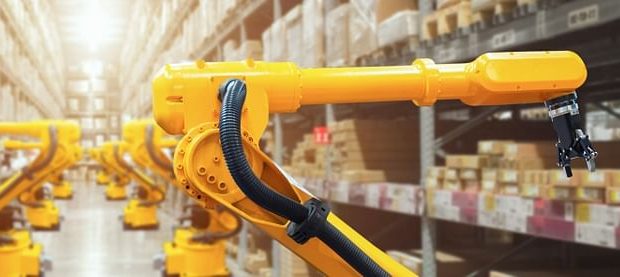Reinventing Procurement with Technology in 2022
But it’s not just technological readiness that’s driving digitalisation of the procurement function. It’s also the need to mitigate supply chain disruptions. In the two years since the onset of the pandemic, my interactions with procurement decision-makers always seem to circle back to this idea. Today, an agile procurement function that relies on fit-for-purpose digital tools could help organisations standardise and centralise supply chain networks. This is especially true considering the complex nature of modern supply chains. And as with any other function, this boils down to leveraging new-gen technologies like cloud, AI and machine learning (ML), IoT, and analytics.
Unlocking Possibilities through Digitalised Procurement
Digitalising the procurement value chain is not a recent concept. In the early 2000s, organizations were warming up to the idea of eProcurement. It was around this time that procurement was witnessing the rise of niche ideas like e-catalogues, spend cubes, e-RFX (e.g.: RFQ, RFP), and reverse-auction platforms. But to integrate Industry 4.0 with procurement, organizations will need to tap into the largely untapped data pool. And as I mentioned earlier, there is no dearth of data in procurement.
This is where data analytics could play a critical role. Procurement consists of multiple functional areas such as sourcing, compliance, and category management. Each of these functional areas have a unique use case for analytics. Take the instance of category intelligence. By leveraging category and supplier analytics, procurement organisations can identify the right suppliers, mitigate supplier risk, and curb unauthorised spends. Similarly, for compliance, analytics can help reduce purchase price variance, enable access to accurate vendor records, and detect fraudulent suppliers.
The reasons to implement analytics in procurement are overwhelming. But to realise the full potential of analytics, procurement teams must consider improving their data maturity. This means breaking down age-old data silos. Because with analytics, as with any other technology implementation, greater value lies at the top of the maturity curve.
One of the ways organisations could achieve this is cloud data streaming. Dependence on on-premise architecture is one of the primary causes for data silos. Moving to a cloud-based procurement system could help create a more collaborative environment. Moreover, API integrations could help procurement sub-functions to talk to each other.
The good news is that organisations have already begun capitalising on this potential. According to the SAP survey, cloud is one of the top priorities for procurement leaders in 2022. AI/machine learning is the other.
The application potential of AI and ML in procurement is limitless. At the moment, however, intelligent automation seems to be emerging as the next frontier. With autonomous, intelligent bots leveraging RPA capabilities, most routine, repetitive tasks are easily automated. Cognitive virtual assistance, on the other hand, can help enterprises negate manual errors, reduce turnaround, and operate round-the-clock.








Gloss